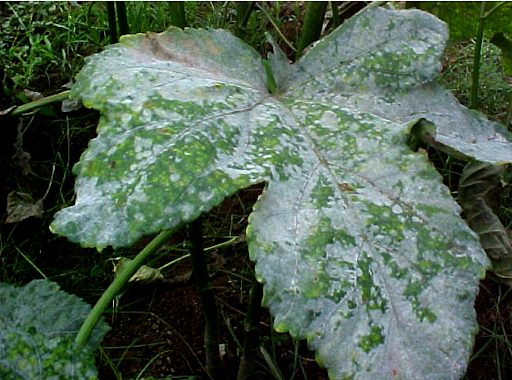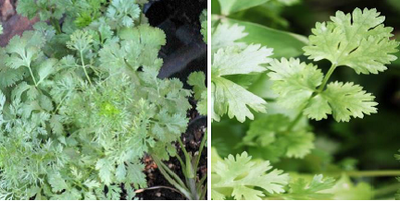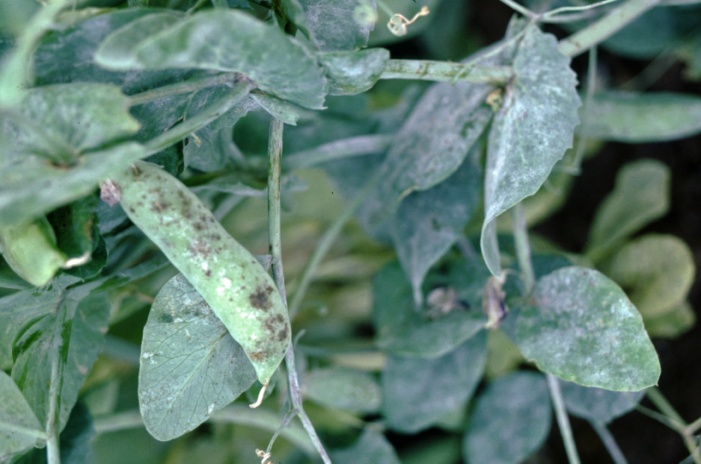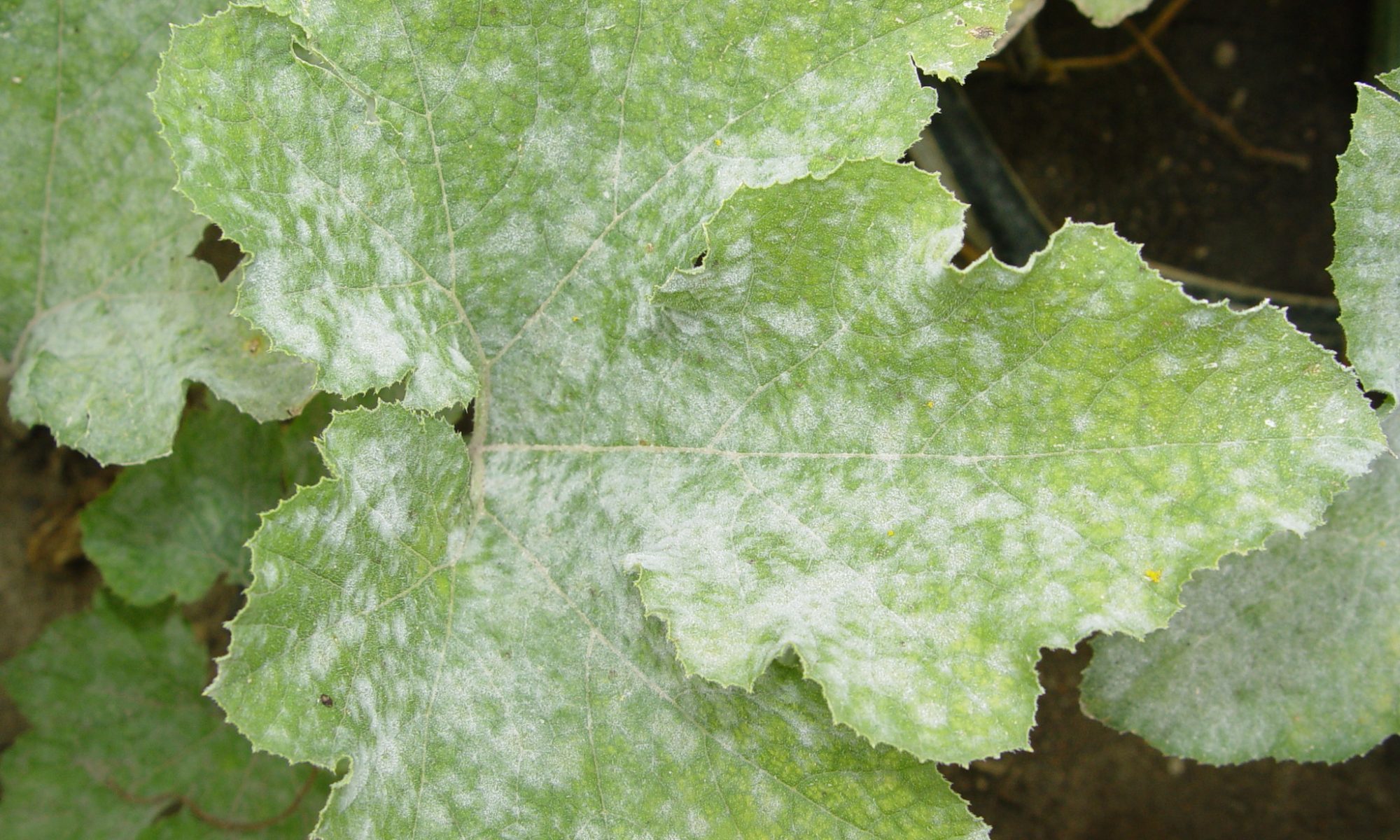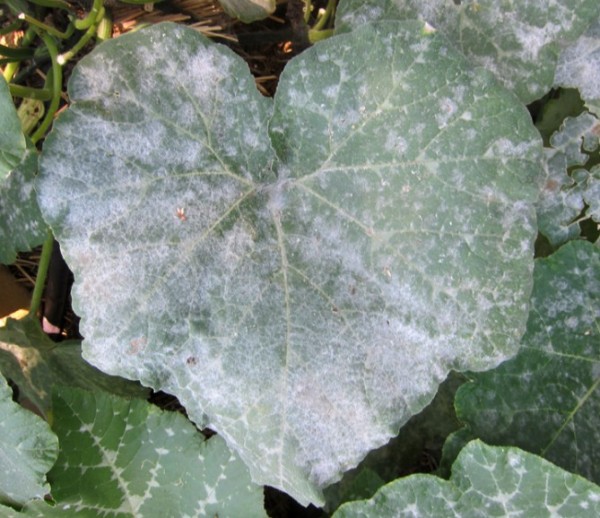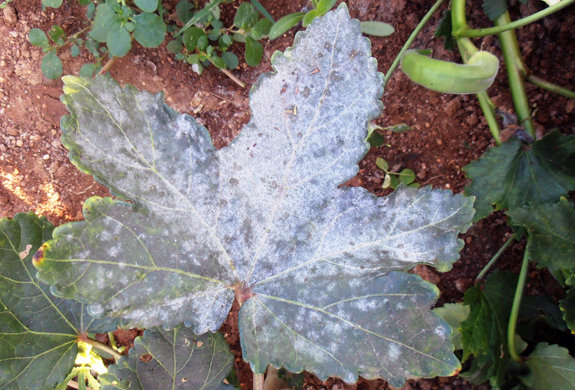- Usually this disease affects the leaves of the green gram crop, invading the lower and upper part of the leaves.
- Yellow to white powder appears on the upper and lower surface of the leaves of green gram.
- For managing them use, Azoxystrobin 11% + tebuconazole 18.3% SC @ 300 ml /acre or Azoxystrobin @ 300 ml/acre
- Spray: Trichoderma viride @ 500 gram/acre + Pseudomonas fluorescens @ 250 gram/acre as a biological treatment
Powdery mildew and downy mildew symptoms and management
- Both usually affect only the leaves, which attack the lower and upper parts of the leaves.
- Downy mildew (Plasmopara viticola) affects many plants and appears as yellow to white patches on the lower surfaces of older leaves. On the undersides, this area appears white to brown in color.
- Powdery mildew also affects many plants and appears as yellow to white spots on the upper surfaces of old leaves.
- For the management of these, azoxystrobin is sprayed at the rate of 11% + tebuconazole 18.3% SC @ 300 ml / acre or azestrobin @ 300 ml / acre or tebuconazole 10% + sulfur 65% WG @ 500 gram / acre.
- Spraying Trichoderma viridis @ 250gram / acre + Pseudomonas fluorescens @ 250gram / acre as a biological treatment
Prevention of powdery mildew in Okra
- White-brown powder develops on the lower and upper surface of the leaves, causing a serious reduction in fruit yield.
- It severely infected fungus in okra crop.
- Spraying of Hexaconazole 5% SC 400 ml or Thiophanate methyl 70 WP or Azoxystrobin 23 SC 200 ml per acre in 200 to 250 liters of water at an interval of fifteen days.
Powdery mildew in coriander
- This is a terrible disease of coriander crop.
- In this disease, small white brown spots appear on the leaves, which later spread on the entire surface.
- Affected by this disease Plant leaves become dry and fall.
- For effective control of the disease spray hexaconazole 5% SC @ 400 ml / acre or tebuconazole 10% + sulfur 65% WG @ 500 g / acre or Pseudomonas fluorescens + Bacillus subtilis @ 0.25 + 0.25 kg / acre.
Powdery Mildew of Pea
Symptoms-
- Firstly on old leaves and then other parts.
- Formation of powder on both surfaces of leaves.
- The later formation of powdery spots on tendrils, pods, etc. White power on the plant surface. The fruits do not either set or remain very small.
- Later stage, powdery growth also covers the pod making them not suitable for marketing.
Management-
- Avoid late sowing.
- Use resistant varieties like- Arka Ajit, PSM-5, Jawahar Pea- 4 JP-83, JRS-14,
- Foliar spray of wettable sulfur 50% WP @ 3 gm/liter of water or Dinocap 48% EC 2 ml/liter of water three times at 10 days interval.
Like and share with other farmers by clicking on the button below
ShareControl of Powdery Mildew of muskmelon
- White to dirty gray spots or patches appear on leaves which become white powdery as they enlarge.
- Fortnightly spray hexaconazole 5% SC @ 300 ml per acre or thiophanate methyl 70% WP @ 400 gm per acre.
Like and share with other farmers by clicking on button below
ShareControl of Powdery Mildew of Snake gourd
- White to dirty gray spots or patches appears on leaves which become white powdery as they enlarge.
- Fortnightly spray hexaconazole 5% SC @ 300 ml per acre or thiophanate methyl 70% WP @ 400 gm per acre.
Like and share with other farmers by clicking on button below
SharePowdery Mildew of Watermelon
Powdery Mildew of Watermelon:-
- White to dirty gray spots or patches appears on leaves which become white powdery as they enlarge.
- Fortnightly spray hexaconazole 5% SC 300 ml per acre or thiophanate methyl 70% WP 400 gm per acre.
Like and share with other farmers by clicking on button below
SharePowdery mildew in Okra
Symptoms-
- The disease is found mainly on the older leaves and stems of plants.
- Increased humidity favours the disease and infection is enhanced during periods of heavy dew.
- The disease symptoms appear as small, round, whitish spots on leaves and sometimes on stems.
- The spots enlarge and coalesce rapidly and a white mass resembling talcum powder becomes evident on the upper surface of the older leaves or other plant parts.
- Young leaves are almost immune.
- Heavily infected leaves become yellow then become dry and brown.
- Extensive premature defoliation of the older leaves takes place.
Control-
Spray wettable sulphur 80% WP 50gm/15lit of water at fortnight interval.
Like and share with other farmers by clicking on button below.
Share


